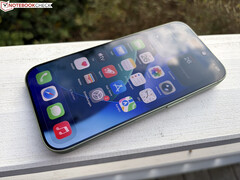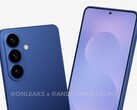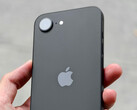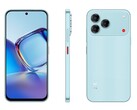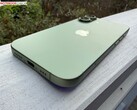A new study by Ookla, a network diagnostics company and maker of Speedtest, compared network speeds between Apple's iPhone 17 and the latest Android flagships. Ookla tested Apple's in-house N1 networking chip against competing chips from Qualcomm, Broadcom, and MediaTek.
N1 is Apple's first custom networking chip debuting with the iPhone 17 series, with integrated support for Wi-Fi 7 and Bluetooth 6. The final comparisons, based on crowdsourced Speedtest data, showed a near 40% improvement when compared to the iPhone 16, which uses a Broadcom chip.
Google's Pixel 10 recorded the highest median download speed globally, at 335.35 Mbps, marginally better than the iPhone 17's 329.56 Mbps. In a worst-case scenario, iPhone 17 led with speeds of 56.08 Mbps, while the Pixel 10 capped out at 53.25 Mbps.
In North America, the iPhone 17 had speeds of up to 416.14 Mbps, the Pixel 10 Pro recorded 411.21 Mbps, and the Samsung Galaxy S25 plateaued at 323.69 Mbps.
Apple's flagship also achieved the highest 10th-percentile download speed at 56.08 Mbps, making it a consistent performer even in non-ideal Wi-Fi 7 conditions.
The study noted that N1's limitation of a 160 MHz channel width, in contrast to the 320 MHz supported by Wi-Fi 7, did not yet impact real-world performance. The iPhone 17's 90th percentile speeds were highest among any device in North America, recording up to 976.39 Mbps, compared to 932.19 Mbps from the Pixel 10 and 815.19 Mbps recorded by Samsung's Galaxy S25.
North America had the highest percentage of Wi-Fi 7 users, making up 20.62% of the study's sample size, followed by Northeast Asia at 5.38%, Europe at 4.95%, Southeast Asia at 2.95% and the Gulf at 1.73%.




